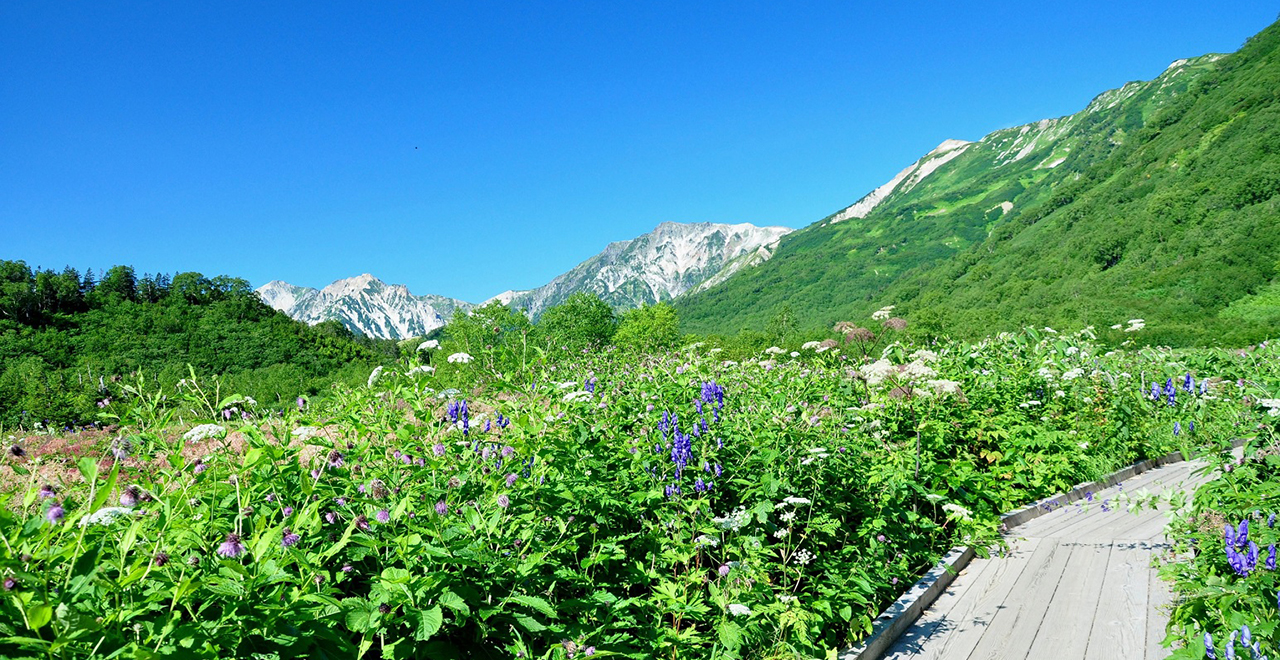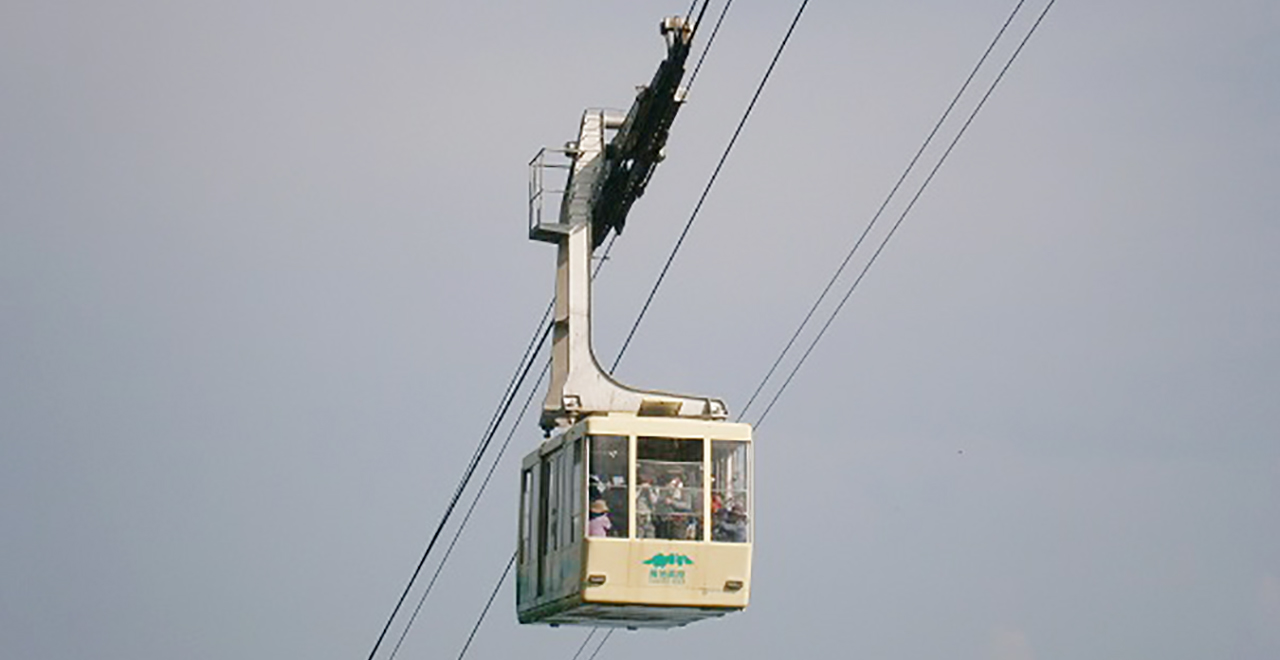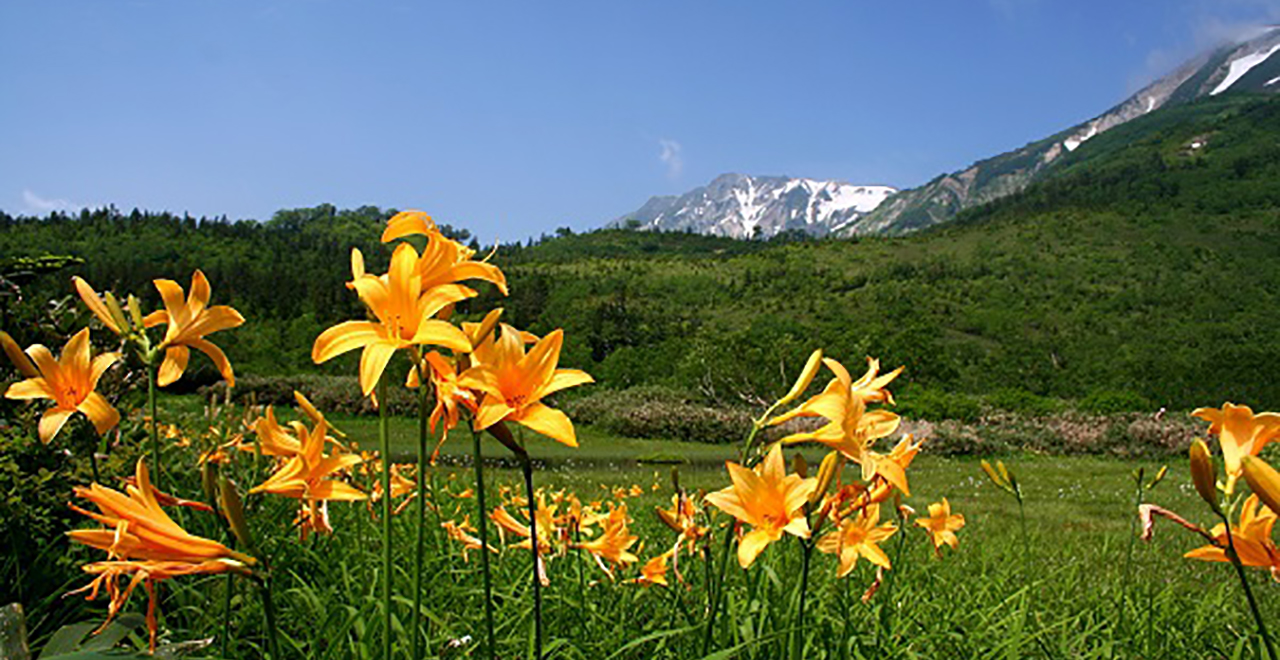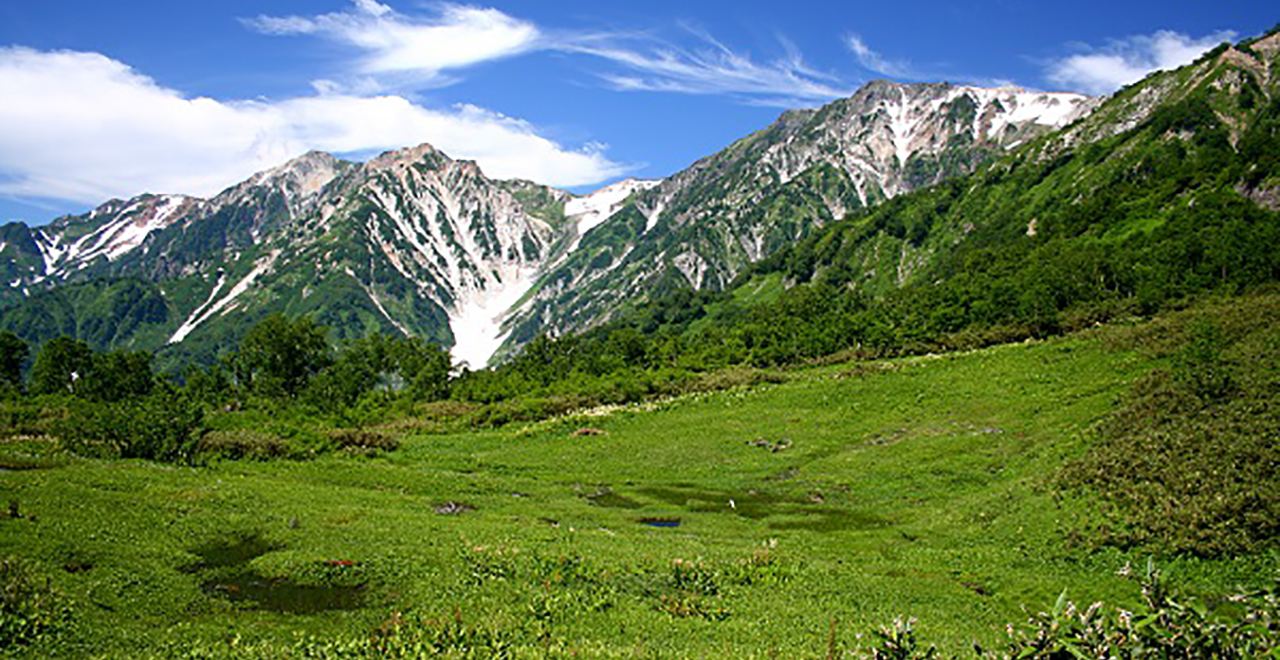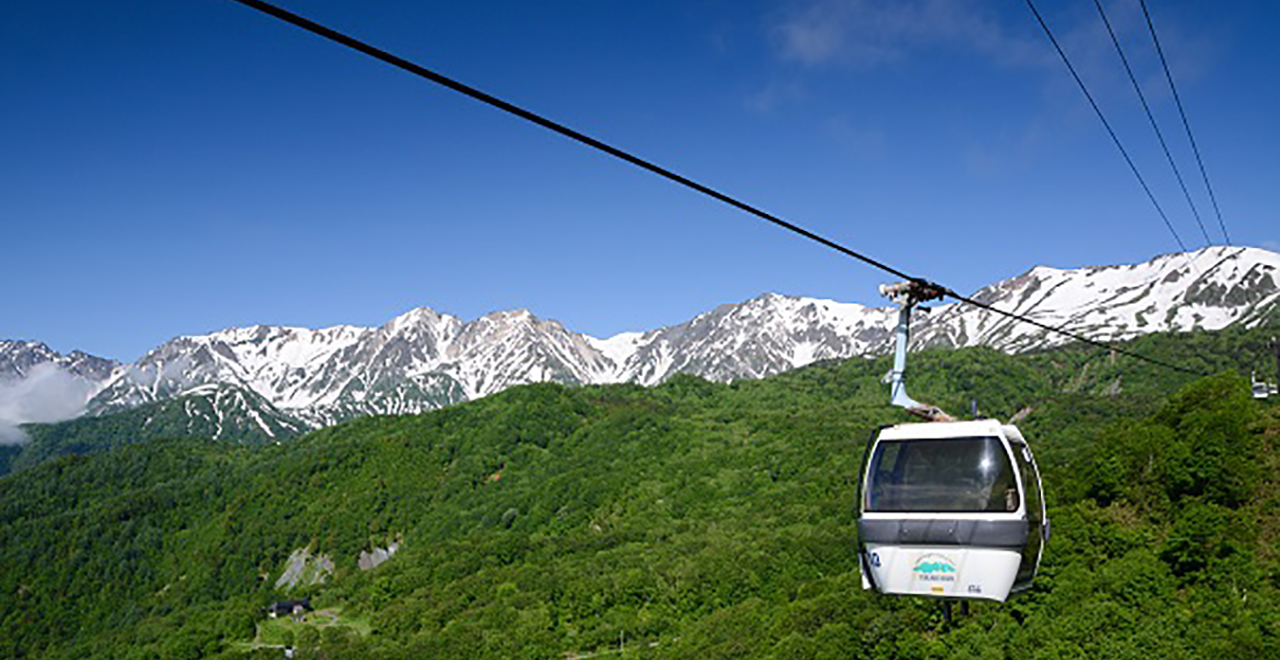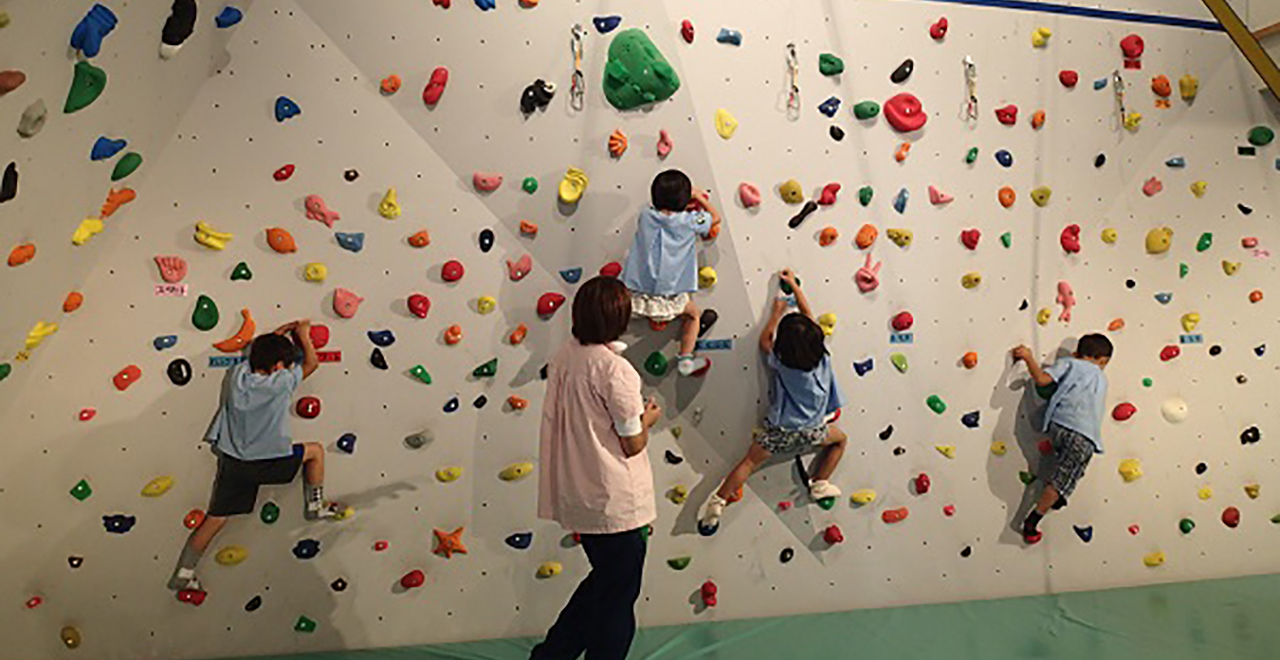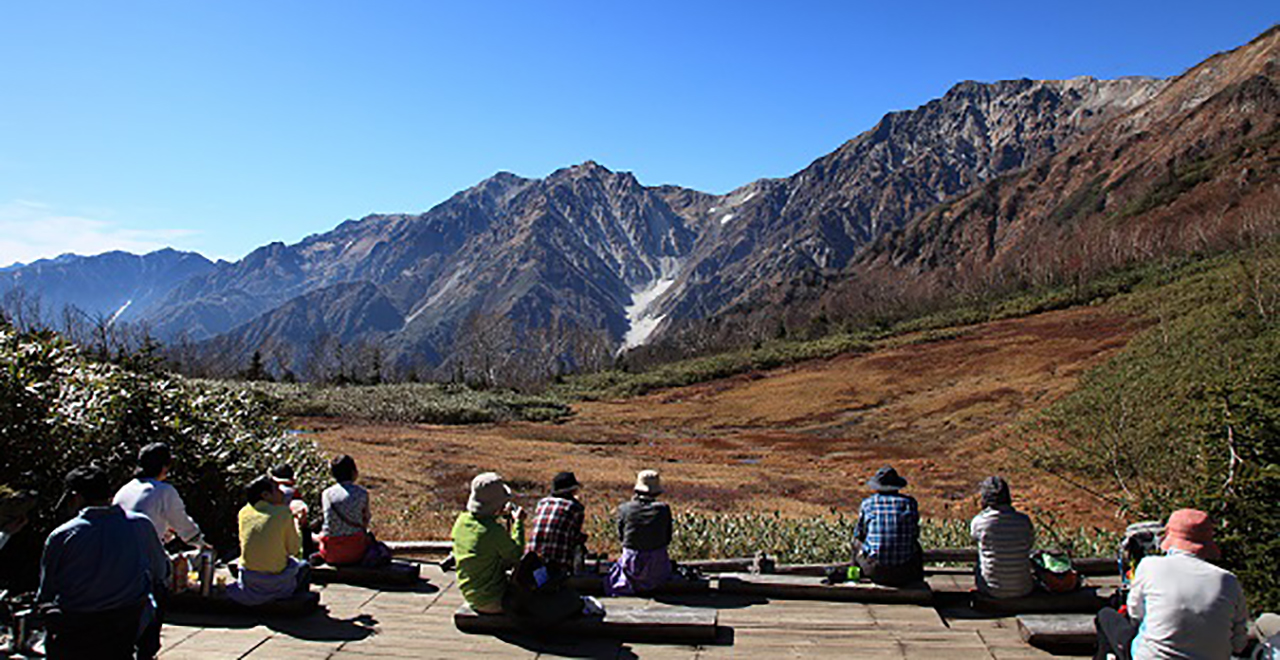Tsugaike-Moor Recreation Forest
364.09ha
Elevation Lowest : 1,655m / Average : 1,850–2,030m / Highest : 2,330m
Diverse alpine flowers bloom in a high moor 1,900 m above sea level against the majestic Northern Alps in the background
― Even on a rainy day you can view images on large screens, and enjoy bouldering and slacklining, at the Tsugaike Visitor Center. ―
Diverse alpine flowers bloom in a high moor 1,900 m above sea level against the majestic Northern Alps in the background
― Even on a rainy day you can view images on large screens, and enjoy bouldering and slacklining, at the Tsugaike Visitor Center. ―
- Newest information
- Area
- Activities
- Overview
- Latest Information
- Usage Guide
- Facility
- Map
- Address
- Access
(Distances and times are
provided as a guide only) - Management office
contact details - Information on Other Local
Tourist Attractions - Official Tourist Information
- Recreation Forest
Management Committee - Supporters
- Other
- Newest information
- CHECK
Please visit official tourism websites for the latest updates and information.
- Video
 Drone Footage
Drone Footage
- Area
- Chubu
- Activities
- Autumn leaf viewing (Includes surrounding area) Guided tours (Includes surrounding area) (Payment required) Hot Spring (Outside the forest) Ski area (no. of trails: 10) (Outside the forest)
- Overview
-
- Geographical/topographical features
- The forest is an area adjacent to the Tsugaike Nature Park in Otari Village, Nagano Prefecture. It consists of a high moor with some chito (ponds in alpine wetlands or peatlands) and a natural forest of dwarfed subalpine trees at an elevation of 1,900 m to 2,200 m. Transportation to the Tsugaike Nature Park is limited to a gondola lift and a ropeway based on environmental considerations.
- Historical/cultural features
- The moor is one of Japan's most notable high moors. Mizugoke (Sphagnum) grows here in ponds that emerged in flat areas of stepped faults formed by the volcanic activities of Mt. Hakuba-Norikura. The Mizugoke has accumulated over thousands to tens of thousands of years under cold weather conditions. It is a moor similar to that in Ozegahara, with abundant hygrophytes such as Mizubasho (Asian skunk cabbage (Lysichiton camtschatcensis)) and Kobaikeiso (Veratrum stamineum). Until the roadway was completed, it had been considered a hidden area known only to a few hikers.
Under the nature park system of Nagano Prefecture, the Tsugaike Nature Park was developed in 1970 as the fourth nature park in the prefecture. After that, paths leading to the Ukishima Marsh were made by 1986, and paths leading to the Tenbou Marshland by the following year, completing the present form of the natural park. - Climate, flora and fauna
- The higher part of the area consists of a subalpine forest of evergreen conifers such as Aomori Todomatsu (Marie's fir (Abies mariesii Mast.)) and Tohi (Hondo spruce (Picea jezoensis var. hondoensis)), and the lower part consists of a forest with scattered deciduous broad-leaved trees such as Buna (Japanese beech (Fagus crenata Blume)) and a low-temperature and excessively moist high moor with little nutrient salts. The moor is home to a large variety of alpine plants.
- Attractions
- The Tsugaike Nature Park (elevation: about 1,900 m) is designated as a Class 1 specially preserved area of the Chubusangaku National Park, and you can easily access it by riding a gondola lift and then a ropeway. It is one of Japan's most notable high moors, and a summer tourist spot representing the Northern Alps area, with footpaths about 5.5 km long within the park, which are perfect for trekking.
Beautiful seasonal colors please the eye throughout the year: a clear contrast between the unmelted snow and the fresh green leaves in the spring; the view of the magnificent Northern Alps and pretty alpine flowers from mid-June to early August; and vivid autumn leaves from late September to mid-October.
At the Tsugaike Kogen Ski Area in the lower part of the area, you can enjoy various fun activities in the summer and ski in powder snow in the winter.
- Latest Information
-
- Regular events
- ・Tsugaike Nature Park Opening Festival (June 1) (an event to mark the start of the summer operation)
・Tsugaike Nature Park Treasure Hunting (July 14 through August 31) (a game using a map to solve problems and hunt treasures in the Tsugaike Nature Park)
・Tsugaike Nature Park Foliage Festival (September 29 through October 5) (a festival to admire the splendid autumn leaves) - Warnings (Flora and fauna)
- Asian black bear: Tsukinowaguma (Asian black bear (Ursus thibetanus)) may be present during the period from May to November. When entering the forest, please carry a bear bell and stay in a group. Check for local information on bear sightings and warnings and follow instructions.
- Usage Guide
-
- Entrance fee
- An entrance fee (300 yen for adult, 250 yen for child) is required for entering the Tsugaike Nature Park in the forest.
- Opening seasons and hours
- Accessible 24 hours a day, 365 days a year. However, the gondola lift, the ropeway, and the Tsugaike Nature Park are only in operation from June 1 through October 31.
- Staffed facilities such as administration buildings
- Visitor center (June 1 through October 31)
- Accommodation options
- [Outside the forest] 2 accommodation facilities at the entrance of the Tsugaike Nature Park, Tsugaike Kogen (91 Japanese inns and hotels)
- Facility
- Toilets and drinking fountains (Includes surrounding area) Toilet (accessible) (Includes surrounding area) Footpath / walking trail / nature trail (Includes surrounding area) Walking trail (accessible) Parking lot (Outside the forest) Observation platform Visitor center (staffed only) (Includes surrounding area) Vending machine (Includes surrounding area) Shop (Includes surrounding area) Restaurant (Includes surrounding area) Free public wireless LAN (Wi-Fi) (Includes surrounding area) Resource center / Museum Accommodation facilities (Hotels/Japanese inns) (Includes surrounding area)
- Map
- Address
- Otari Village, Hakuba Village, Kita-Azumi County, Nagano Prefecture
- Access
(Distances and times are provided as a guide only) -
- By public transport
-
<Access from nearest railway station / bus stop>
- About 40 minutes from the Tsugaike Kogen bus stop (Alpico Bus) by taking the gondola lift, the ropeway, and then proceeding on foot
- * Fees are charged for the gondola lift and ropeway (return ticket: 3,300 yen, one-way ticket: 1,920 yen [adult]).
<Access from major transport hubs to nearest railway station / bus stop>- ・JR Nagano Station → (Express Bus Hakuba-Nagano Line: 85 minutes) → get off at the Tsugaike Kogen bus stop
- ・JR Matsumoto Station → (Oito Line: 106 minutes) → Hakuba Station (Alpico Bus: 25 minutes) → get off at the Tsugaike Kogen bus stop
- By car
-
<Access>
- ・Joshin-Etsu Expressway Nagano IC → (public road / Hakuba-Nagano Toll Road, etc.: 70 minutes) → Tsugaike Kogen Gondola Station Parking Lot → about 40 minutes by taking the gondola lift, the ropeway, and then proceeding on foot
- ・Nagano Expressway Azumino IC → (public road: 80 minutes) → Tsugaike Kogen Gondola Station Parking Lot → about 40 minutes by taking the gondola lift, the ropeway, and then proceeding on foot
<Car parking capacity / parking charges>Free parking for 200 vehicles at the Parking Lot No.1, 300 vehicles at the Parking Lot No.2, and 150 vehicles at the Central Parking Lot
* However, fees are charged for the gondola lift and ropeway (return ticket: 3,300 yen, one-way ticket: 1,920 yen [adult]). - Nearby tourist facilities
-
- Tsugaike Visitor Center, Tsugaike Kogen Ski Area
- Management office contact details
-
Chushin District Forest OfficeTEL:050-3160-6050
https://www.rinya.maff.go.jp/chubu/chusin/index.html
- Information on Other Local Tourist Attractions
-
Hakuba Resort Development Co., Ltd. [External link]* Company operating the gondola lift and the ropeway
http://www.nsd-hakuba.jp/green/tsugaike/panoramaway.html
- Official Tourist Information
-
Otari Village Tourism Association [External link]TEL:+81 261-82-2233 (Service available in Japanese only)
http://www.vill.otari.nagano.jp/kanko/
- Recreation Forest Management Committee
-
Tsugaike Nature Park Conservation Council (tentative name)TEL:0261-82-2585
- Supporters
- ー
- Other
- ー





